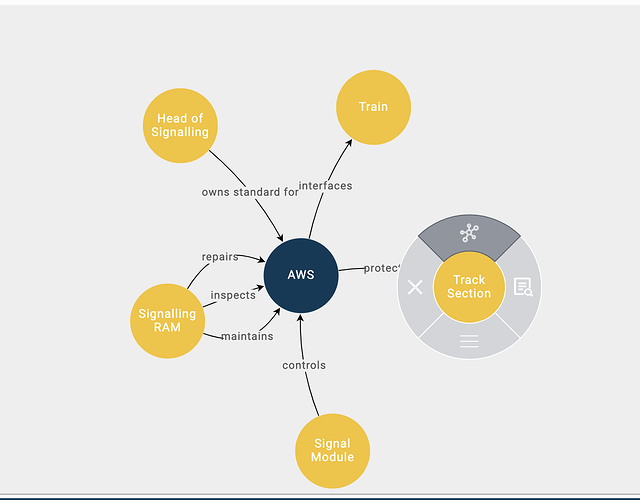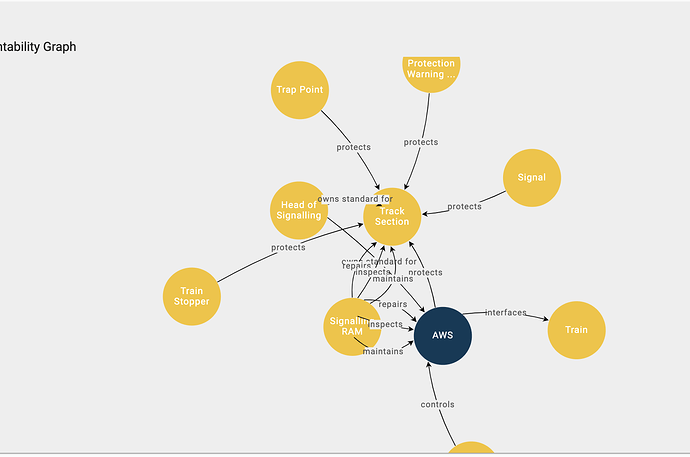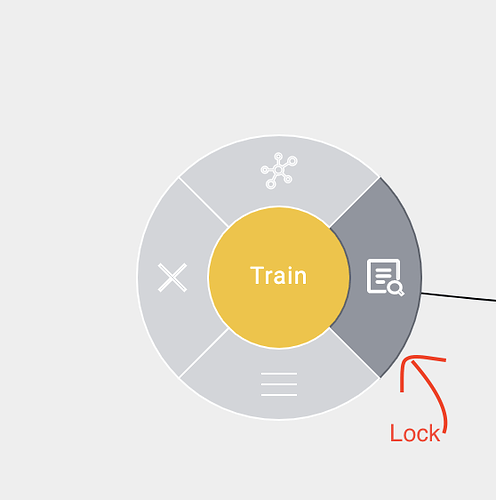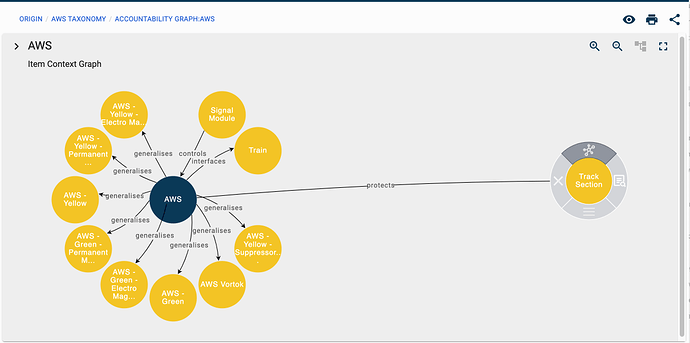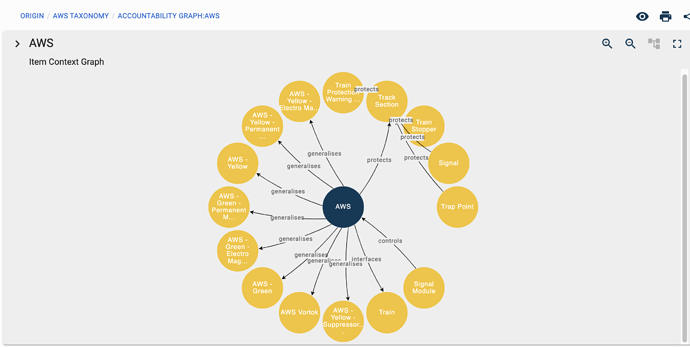<!DOCTYPE html>
<html><body>
<div id="sample">
<div id="myDiagramDiv" style="background-color: whitesmoke; border: solid 1px black; width: 100%; height: 800px"></div>
</div>
<script src="https://unpkg.com/gojs"></script>
<script id="code">
class FixedForceDirectedLayout extends go.ForceDirectedLayout {
isFixed(v) {
return v.node.data.fixed || false;
}
}
const $ = go.GraphObject.make; // for conciseness in defining templates
myDiagram =
$(go.Diagram, "myDiagramDiv", // must name or refer to the DIV HTML element
{
layout:
$(FixedForceDirectedLayout, // automatically spread nodes apart while dragging
{ defaultSpringLength: 30, defaultElectricalCharge: 100 }),
// do another layout at the end of a move
"SelectionMoved": e => {
e.diagram.layoutDiagram(true);
e.diagram.nodes.each(n => {
if (n.data.fixed) console.log(n.location.toString(), n.data.text);
});
}
});
myDiagram.nodeTemplate =
$(go.Node, "Auto",
{
doubleClick: (e, node) => e.diagram.model.commit(m => m.set(node.data, "fixed", !node.data.fixed))
},
$(go.Shape, "Circle",
{ fill: "CornflowerBlue", stroke: "black", spot1: new go.Spot(0, 0, 5, 5), spot2: new go.Spot(1, 1, -5, -5) },
new go.Binding("fill", "fixed", f => f ? "red" : "cornflowerblue")),
$(go.TextBlock,
{ font: "bold 10pt helvetica, bold arial, sans-serif", textAlign: "center", maxSize: new go.Size(100, NaN) },
new go.Binding("text", "text"))
);
// the rest of this app is the same as samples/conceptMap.html
// create the model for the concept map
var nodeDataArray = [
{ key: 1, text: "Concept Maps" },
{ key: 2, text: "Organized Knowledge" },
{ key: 3, text: "Context Dependent" },
{ key: 4, text: "Concepts" },
{ key: 5, text: "Propositions" },
{ key: 6, text: "Associated Feelings or Affect" },
{ key: 7, text: "Perceived Regularities" },
{ key: 8, text: "Labeled" },
{ key: 9, text: "Hierarchically Structured" },
{ key: 10, text: "Effective Teaching" },
{ key: 11, text: "Crosslinks" },
{ key: 12, text: "Effective Learning" },
{ key: 13, text: "Events (Happenings)" },
{ key: 14, text: "Objects (Things)" },
{ key: 15, text: "Symbols" },
{ key: 16, text: "Words" },
{ key: 17, text: "Creativity" },
{ key: 18, text: "Interrelationships" },
{ key: 19, text: "Infants" },
{ key: 20, text: "Different Map Segments" }
];
var linkDataArray = [
{ from: 1, to: 2, text: "represent" },
{ from: 2, to: 3, text: "is" },
{ from: 2, to: 4, text: "is" },
{ from: 2, to: 5, text: "is" },
{ from: 2, to: 6, text: "includes" },
{ from: 2, to: 10, text: "necessary\nfor" },
{ from: 2, to: 12, text: "necessary\nfor" },
{ from: 4, to: 5, text: "combine\nto form" },
{ from: 4, to: 6, text: "include" },
{ from: 4, to: 7, text: "are" },
{ from: 4, to: 8, text: "are" },
{ from: 4, to: 9, text: "are" },
{ from: 5, to: 9, text: "are" },
{ from: 5, to: 11, text: "may be" },
{ from: 7, to: 13, text: "in" },
{ from: 7, to: 14, text: "in" },
{ from: 7, to: 19, text: "begin\nwith" },
{ from: 8, to: 15, text: "with" },
{ from: 8, to: 16, text: "with" },
{ from: 9, to: 17, text: "aids" },
{ from: 11, to: 18, text: "show" },
{ from: 12, to: 19, text: "begins\nwith" },
{ from: 17, to: 18, text: "needed\nto see" },
{ from: 18, to: 20, text: "between" }
];
myDiagram.model = new go.GraphLinksModel(nodeDataArray, linkDataArray);
</script>
</body></html>
